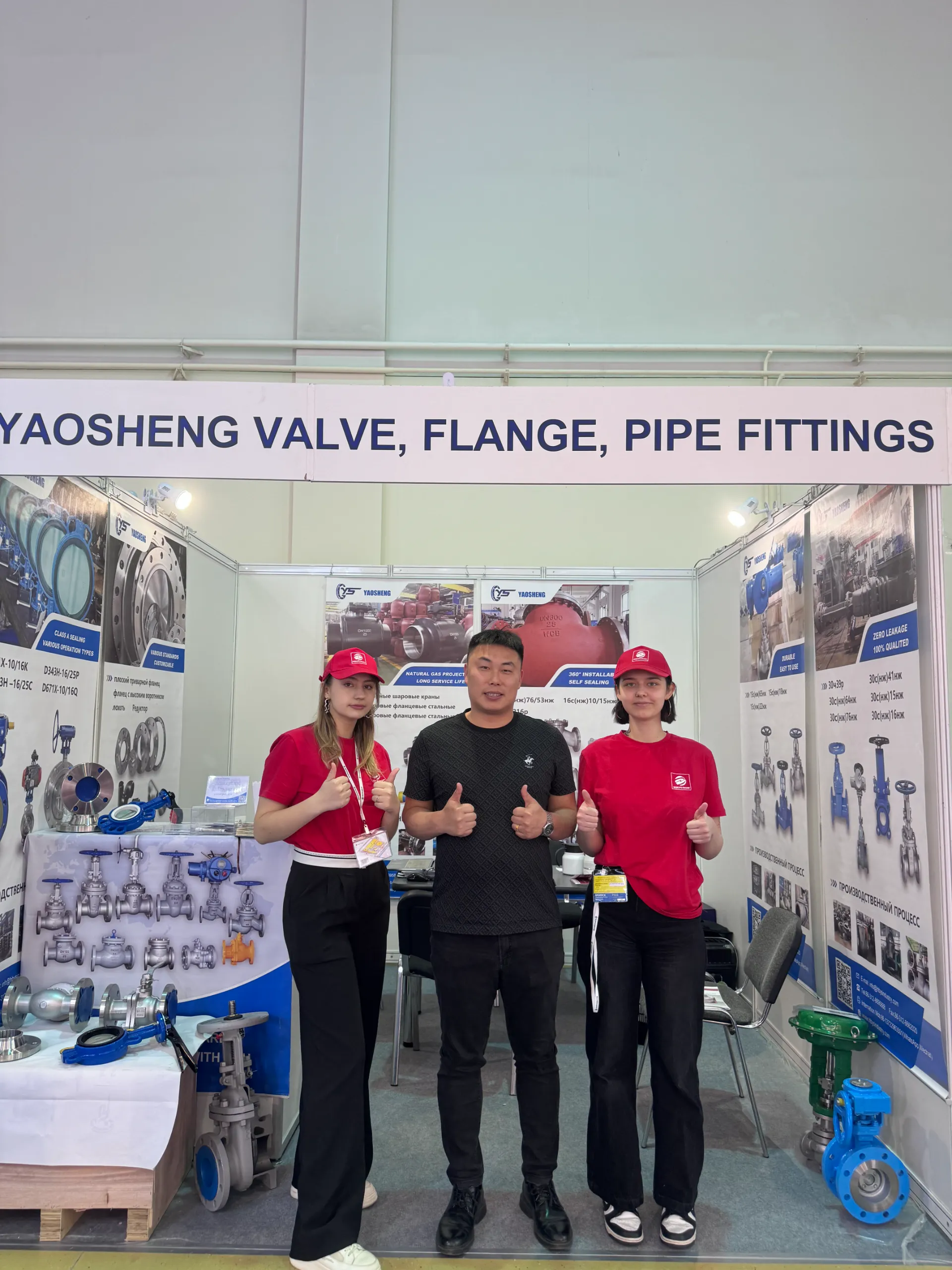strainer types in piping
Strainer Types in Piping Systems
In industrial piping systems, strainers play a crucial role in maintaining the integrity and efficiency of pipelines. They serve as protective devices that prevent debris and particulates from entering and damaging equipment such as pumps, valves, and heat exchangers. Understanding the various types of strainers available is essential for selecting the right one for specific applications.
1. Y-Strainers
One of the most common types of strainers is the Y-strainer, characterized by its Y-shaped design. This type is generally installed directly into the piping system at the point of fluid entry to equipment. The Y-strainer features a removable screen, which allows for easy cleaning and maintenance. They are suitable for both liquid and gas applications and can handle moderate flow rates. Typically made from materials such as stainless steel or carbon steel, Y-strainers are renowned for their durability and resistance to corrosion.
Basket strainers are another widely used type of strainer, designed for applications where a large volume of fluid needs to be filtered. They feature a large mesh basket that captures debris while allowing fluids to flow through. Basket strainers come in various designs and sizes, accommodating different flow rates and particle sizes. They are especially effective in processes where solid contaminants are likely to be present, and their cleaning process involves simply removing the basket for maintenance.
3. Temporary Strainers
strainer types in piping

In many situations, especially during the initial stages of installation or maintenance, temporary strainers are employed. These are typically used to protect equipment during the startup phase or when performing repairs. Temporary strainers are designed for short-term use and can be easily installed and removed, making them a flexible option for varying applications. Although less robust than permanent strainers, they provide a crucial layer of protection during critical operational phases.
4. Duplex Strainers
For continuous operation without interruption, duplex strainers are an ideal choice. They consist of two chambers with individual strainers, allowing one to be cleaned while the other remains online. This design ensures that the flow is uninterrupted during maintenance procedures, which is essential in systems where downtime can lead to significant losses. Duplex strainers are commonly used in industrial settings where reliability and continuous service are paramount.
5. Automatic Strainers
The advent of technology has led to the development of automatic strainers, which offer self-cleaning features and require minimal human intervention. These strainers utilize mechanisms such as backwashing to clean the filtering element automatically. As a result, they significantly reduce maintenance time and effort and are ideal for processes operating continuously, such as water treatment plants.
Conclusion
Selecting the appropriate strainer type is essential for ensuring the smooth and efficient operation of piping systems. Y-strainers, basket strainers, temporary strainers, duplex strainers, and automatic strainers each have unique advantages that make them suitable for specific applications. By understanding these differences, engineers and operators can make informed decisions that enhance system performance and minimize the risk of equipment failure due to contamination. Ultimately, investing in the right strainer type contributes to overall reliability and efficiency in industrial processes.
-
Breakthrough in Domestic Low Temperature Valve Technology in ChinaNewsAug.18,2025
-
From Machinery to Intelligent Brain: The Digital Transformation Wave of the Valve IndustryNewsAug.18,2025
-
PCVEXPO 2025NewsAug.18,2025
-
The Key to Fluid Control: Exploring the Advantages of Ball Valves in Industrial SystemsNewsJul.09,2025
-
The Versatile World of 1, 2, and 3 Piece Ball ValvesNewsJul.09,2025
-
Stainless Steel Ball Valves: The Ideal Choice for Efficient Flow ControlNewsJul.09,2025
-
Optimizing Fluid Control with Ball Float ValvesNewsJul.09,2025




